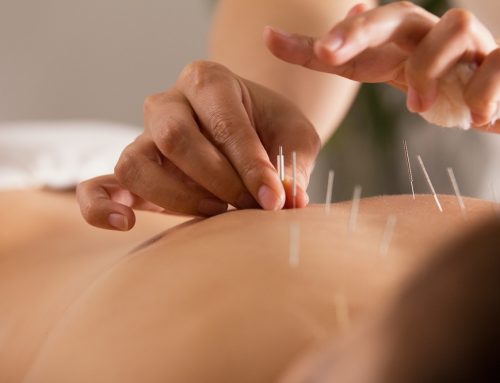Implementation of herbal medicines is on the rise as nearly 64% of people use them, and more consumers educate themselves regarding the long-term disadvantages of prescription and over-the-counter drugs. Unfortunately, the safe alternative of herbal medicines is often counterbalanced by the realities of toxic mold contamination. According to a new study published in the journal Fungal Biology, the levels of contamination actually stand to do real harm.
According to the research team at University of Peshawar in Pakistan, among 30 plant samples often employed for medicinal use had high levels of toxic mold.
Study author Samina Ashiq notes that natural medicines are not necessarily safe medicines. Contaminated plants may carry molds that produce mycotoxins. High levels of mycotoxins are associated with liver cancer, kidney damage, reproductive disorders and immune system disorders.
Regulation appears to be a significant problem exacerbating the risks of herbal medicines. The Food and Drug Administration (FDA) consider herbal medicines to be food products rather than medicine. This leaves herbs lacking the important testing, manufacturing, and labeling standards required for prescription and over-the-counter drugs.
In places where the majority of people use herbal medicines, like Pakistan, this lack of regulation is also problematic. Medicinal plants there are commonly purchased in local markets and shops where even hygienic standards may be lax, notes Ashiq.
During the course of their study, the team identified mold in 90% of the samples, and in 70% of the samples, the mold levels exceeded “acceptable” levels.
As far as diseases producing mycotoxins, the team found that 31% of the molds produced harmful mycotoxins – 19% linked to liver cancer, and 12% capable of doing harm to the liver and kidneys.
Since herbal medicines may experience contamination during growth, handling, collection, transportation or storage, regulation must be implemented.
"There is a real public health concern due to the lack of effective surveillance of the quality, safety and efficacy of these medicinal plants. It’s time for regulators to step in and set limits to protect people who want to use herbal medicines like these…” advises Asiq.
Read the full article here: High levels of toxic molds identified in herbal medicines – Medical News Today



